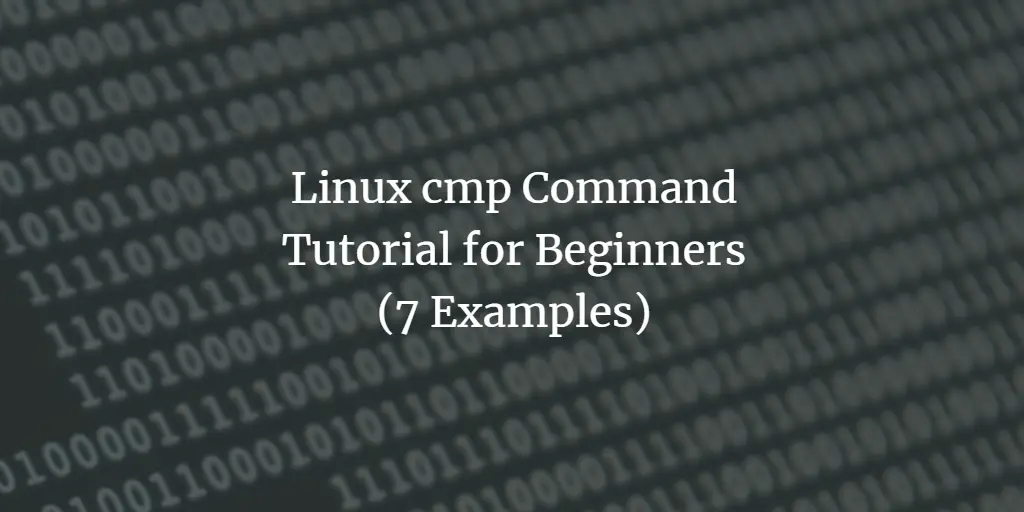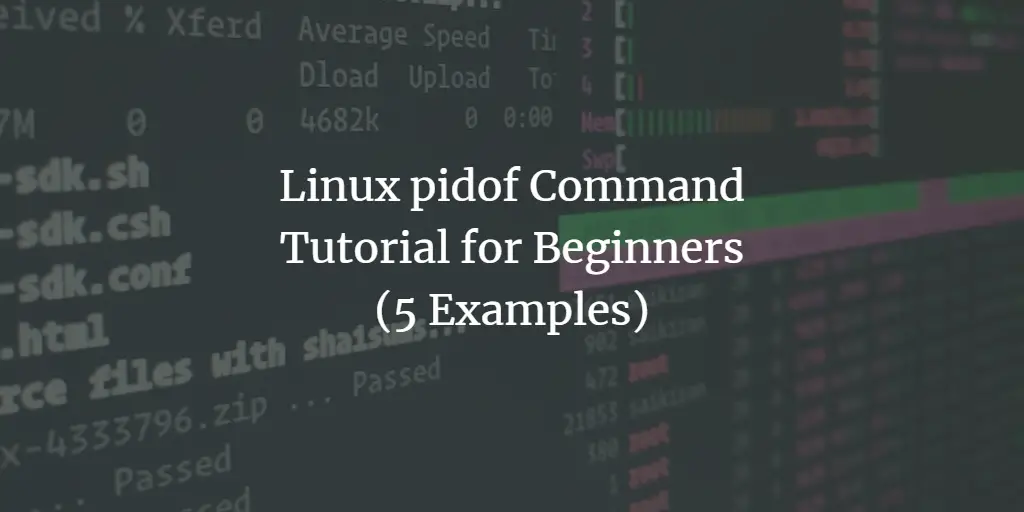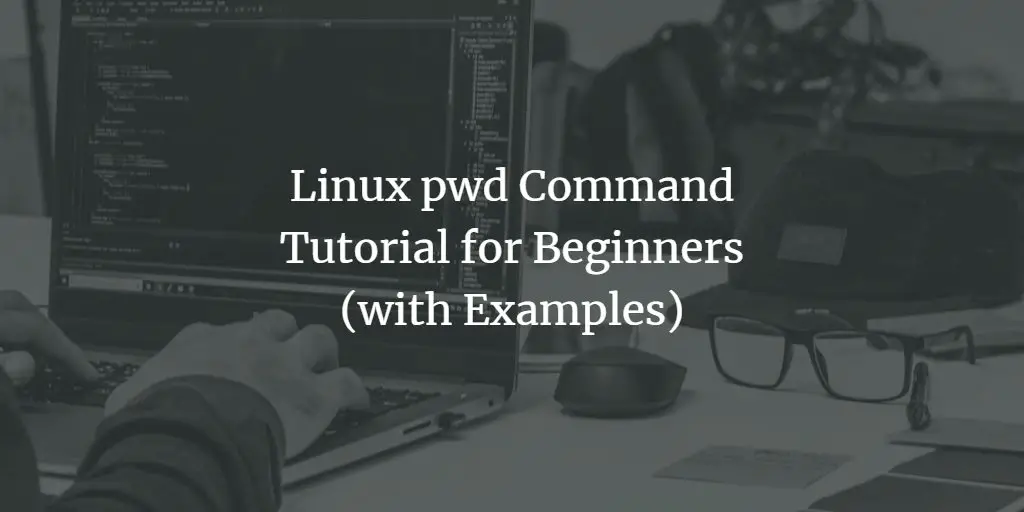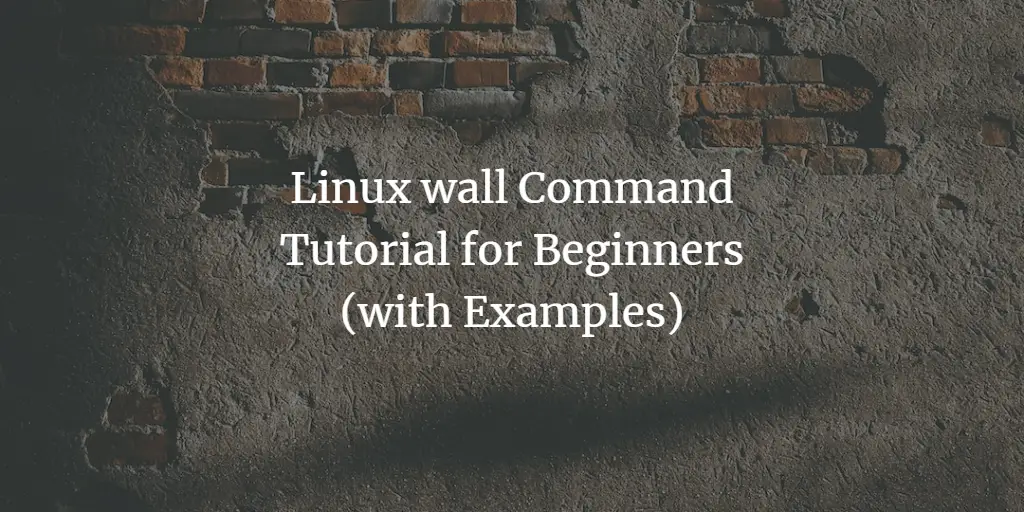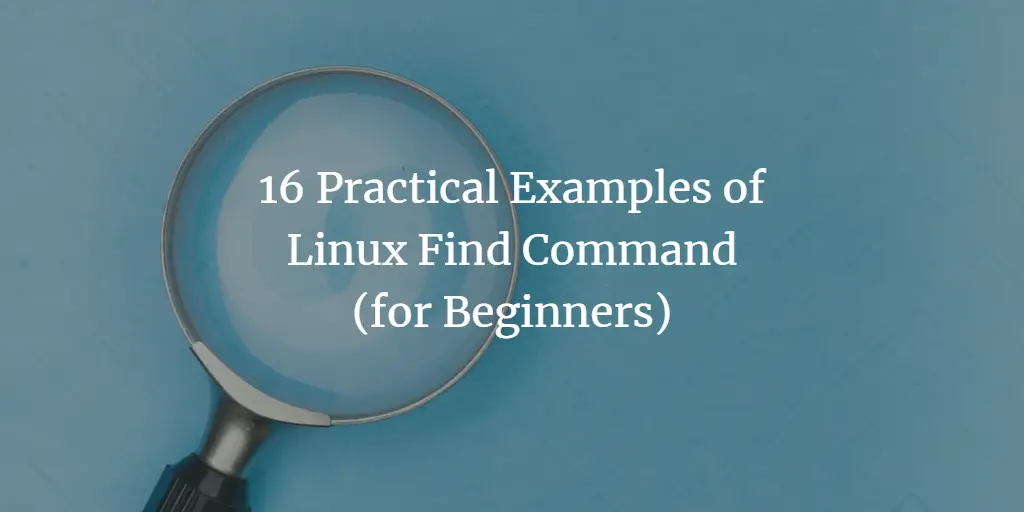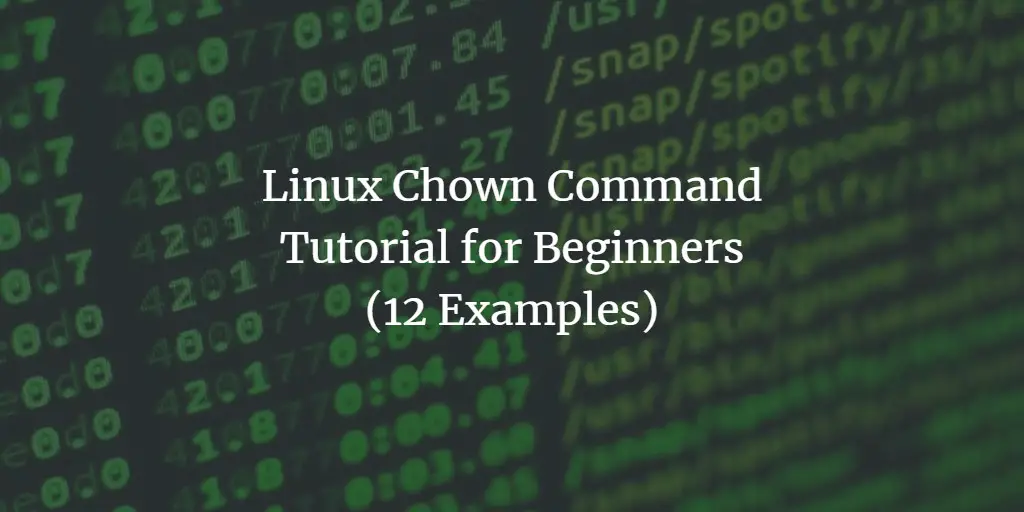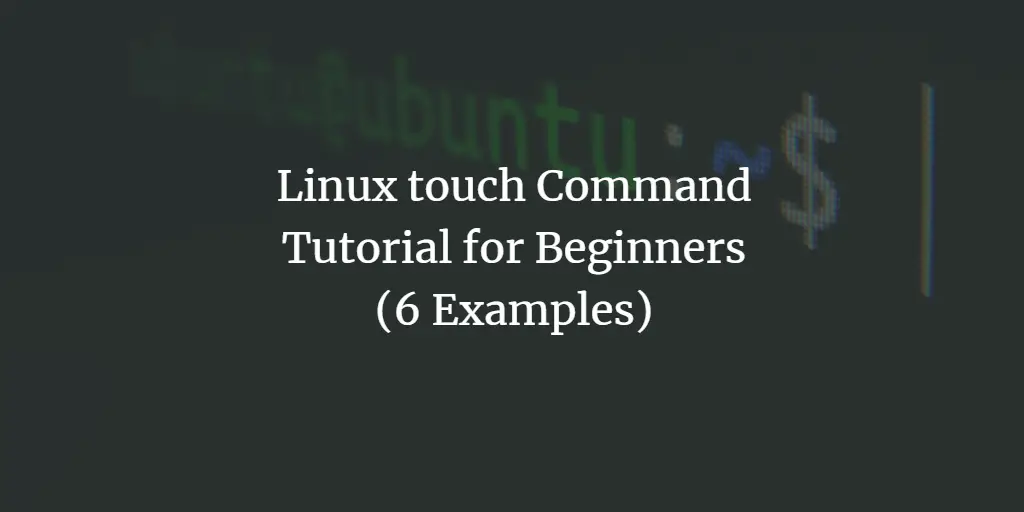Articles by Himanshu Arora
-
Linux cmp Command Tutorial for Beginners (7 Examples)
Author: Himanshu Arora • Tags: linux • Comments: 0Pretty much regardless of your role, if your regular work involves doing stuff on the command line in Linux, you may find yourself in a situation where-in you'd want to compare two files using a command line utility. There are several command line tools that let you do this, and one among them is the 'cmp' command.
-
Linux pidof Command Tutorial for Beginners (5 Examples)
Author: Himanshu Arora • Tags: linux, shell • Comments: 0Linux command line offers a lot of utilities that work with processes. Once such tool is pidof, which - as the name suggests - gives you the process ID of an already executing process. In this tutorial, we will discuss the basics of pidof using some easy to understand examples.
-
Linux pwd Command Tutorial for Beginners (with Examples)
Author: Himanshu Arora • Tags: linux, shell • Comments: 0The pwd command, like ls and cd, is one of most frequently used Linux utilities. Regardless of the kind of user you are (newbie or pro), you'll find yourself using this command line tool a lot. So in this tutorial, we will quickly discuss the basics of pwd through some easy to understand examples.
-
-
How to access shell or run external commands from within Vim
Author: Himanshu Arora • Tags: centos, debian, linux, opensuse, shell, ubuntu • Comments: 2Vim, as you might already know, is a feature-packed and powerful editor. In this tutorial, we will focus on how you can execute external commands as well as access the command line shell from within the editor window.
-
Linux wall Command Tutorial for Beginners (with Examples)
Author: Himanshu Arora • Tags: linux, shell • Comments: 4There are times when multiple users are logged in to a server computer, and you - the system/network admin - need to, say, restart the server to perform some maintenance task. Of course, the correct way is to inform all those who are logged in about the maintenance activity. Thankfully, Linux offers a built in command line utility for this purpose, the wall command.
-
16 Practical Examples of Linux Find Command for Beginners
Author: Himanshu Arora • Tags: centos, debian, linux, opensuse, shell, ubuntu • Comments: 4 • Updated: Nov 25, 2022Find is one of the most frequently used Linux commands, and it offers a plethora of features in the form of command line options. In this tutorial, which is aimed at beginners, we will discuss the basic usage of the command as well as some of the useful command line options it offers.
-
Linux Chown Command Tutorial for Beginners (12 Examples)
Author: Himanshu Arora • Tags: linux • Comments: 1In Linux, there may be times when you might want to change the owner and group-related information for a file or directory. If you are a command line newbie, and want to know how you can make such changes through the command line, you'll be glad to know that there exists a command - dubbed chown - that lets you do this.
-
Linux ln Command Tutorial for Beginners (5 Examples)
Author: Himanshu Arora • Tags: linux, shell • Comments: 1Sometimes, while working on the command line, you need to create links between files. This can be achieved using a dedicated command, dubbed ln. In this tutorial, we will discuss the basics of this tool using some easy to understand examples.
-
Linux touch Command Tutorial for Beginners (6 Examples)
Author: Himanshu Arora • Tags: linux, shell • Comments: 3Sometimes, while working on the command line in Linux, you might want to create a new file. Or, there may be times when the requirement is to change the timestamps of a file. Well, there exists a utility that can you can use in both these scenarios. The tool in question is touch.
-
Linux exit Command Explained for Beginners (with Examples)
Author: Himanshu Arora • Tags: linux, shell • Comments: 1If you are a Linux newbie, and your work involves doing stuff through the command line, then it goes without saying that you must be spending a lot of time on the terminal window. As you'd likely agree, there are some commands that we tend to use very frequently, like ls, cp, and rm. However, there are some others that are comparatively less used. In this tutorial, we will discuss one such, less frequently used command: Exit.


